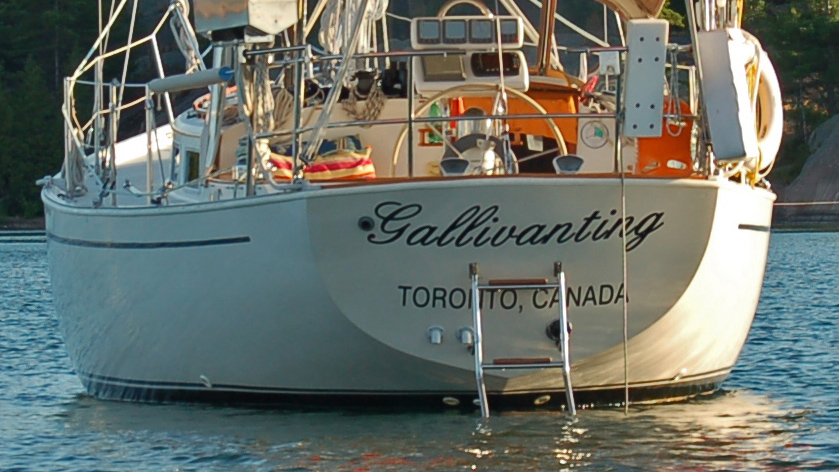Skip to content
International Standards for boarding ladders: ISO 15085 section 16 says: “Any craft shall be provided with a means of re-boarding. Either it shall be equipped with a specific means of re-boarding from the water, e.g., ladders, steps, handholds, brackets; or it need not be equipped with a specific device if its characteristics (e.g., low freeboard or part of the hull) facilitate re-boarding from the water without a specific device.”
Installation/Maintenance Tips
1. The bottom rung should be deep enough to be comfortably reached.
2. Standoffs should keep the ladder vertical against a curved/sloped hull.
3. Ladder treads must be firmly clamped so they won’t rotate.
4. Drop down ladders need a pull line for deployment from the water.
5. Telescoping ladders must be kept lubricated for easy deployment.
6. Sturdy stainless-steel handles to pull oneself up to deck/platform level increase safety.
Lorem ipsum dolor sit amet, consectetur adipiscing elit. Ut elit tellus, luctus nec ullamcorper mattis, pulvinar dapibus leo.
error: Content is protected !!
